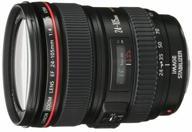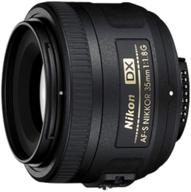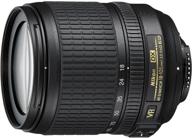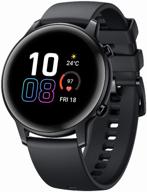
Review on 📷 Nikon AF-S NIKKOR 50mm f/1.4G Lens with Auto Focus: Perfect for Nikon DSLR Cameras by Aneta Misztal ᠌

Practical product, nothing to complain about.
I purchased it in a Nikon store approximately five years ago at a space discount (for them) of approximately twelve thousand dollars. When the increase in the rate is taken into account, the price per unit is roughly equivalent to what it is now for 24–25 thousand (as it costs at a minimum on the Market). With all of its perks. Because of the camera's shallow depth of field, it enables photographers of skill to create photographs with a high degree of artistic expression. It is also good when there is a distinct absence of light (aperture 1.4 - more than almost any "zoom"). The picture turned out very well; the focus was accurate, so everything was sharp, and it had a "warm-live" feel to it. It weighs very little, which is important for those who have not previously pumped their hands under heavy lenses such as (my main one), a 24–120/4G zoom lens. The following are some of its negative aspects: Right away, I will respond - writes NUB. I never gave photography my full attention or spent much time researching the capabilities and restrictions of various lenses. Therefore, I'll talk about the drawbacks for newcomers in general and beginners in particular. 1. This is a fix; there is no approach-removal in principle as this is currently the case. We noobs are used to using the zoom function. You can "zoom with your feet," but a focal length of 50 mm is probably too much for a city scene. The majority of the streets do not permit you to take a picture of the house that is directly across from you because it is too large to fit into the frame. And when there is a need to zoom in on something, all that is required is to crop the picture, which works best when there is sufficient sharpness for the purpose. 2. A maximum aperture that results in a very shallow depth of field. When the focus is successfully reduced, one of the benefits is that it looks really cool. On the other hand, this results in a consistent epic fail when taking group portraits because half of the faces are in focus while the other half are not, despite the fact that the distance between them is less than one meter. To those who are accustomed to smartphones having extremely shallow depths of field, this will come as quite a shock. The ability to clamp the diaphragm is, first and foremost, required in order to successfully complete the task. 3. The focusing is frequently done incorrectly, which, when combined with a shallow depth of field, results in unfortunate outcomes. It's possible that the camera is to blame for this (D750). On the other hand, I frequently concentrate my attention on the background rather than, say, a dancer. To answer your question, yes, I am a beginner, and no, manually adjusting the focus has little to no effect. To summarize, in order to use something, you need to learn it. It is best to take any zoom lens with you if you are not prepared to study, read something, or ask someone else for advice on how to master it (if you have enough money, then 24 - 120 is the best, IMHO)
New products
Comments (0)
Top products in 👓 Lenses

Canon EOS SLR Camera Lens EF 24-105mm f/4 L IS USM

124 Review

Nikon 35mm f/1.8G Auto Focus Lens for Nikon DSLR Cameras - Black (Model 2183)

125 Review

Canon EF 50mm f/1.8 II Fixed Lens - Discontinued by Manufacturer

93 Review

New Nikon 18-105mm Vibration Reduction 📷 Zoom Lens with Auto Focus for Nikon DSLRs

104 Review





